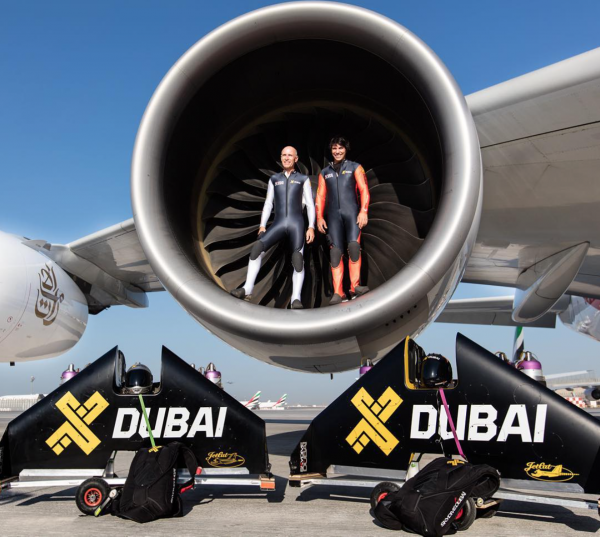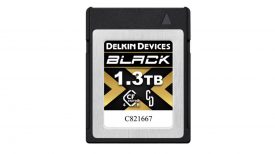Even for professional daredevils it was a staggering assignment: flying alongside the world’s largest passenger plane on jet-propelled wings. The incredible sight of the Jetman Dubai duo taking to the skies with the A380 has already had over 6.5 million of views since the video went up on YouTube just a couple of days ago.
“Just the fact of having the A380 in the air with these little guys was mindblowing,” says Phil Arntz, aerial cinematographer for the film (and a regular Newsshooter contributor).
“We anticipated that so many people would say it was fake, done in green screen or a trick – that we did it in post. But the only effect is the logo at the beginning of the film.”
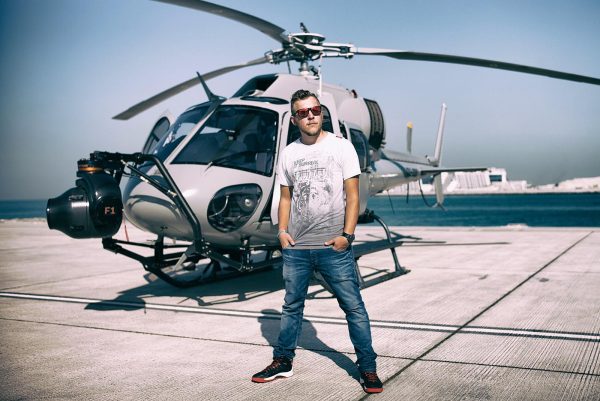
So, how the hell did they do it?
It took two months to prepare for shooting thanks to the safety and logistical demands: six flyers were in close proximity – the A380 and the two Jetmen, the Jetmen’s helicopter, and a plane and helicopter for the film team – only a few thousand feet above downtown Dubai and the Palm Jumeirah. The team filmed three flights with the Jetmen alongside the plane. There was also a fourth solo flight by the A380 to get some scenic footage of the plane over Oman and the UAE.
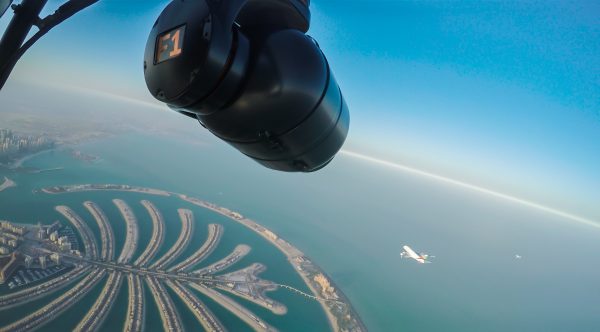
Around 25 people worked on the production, which was made by Dubai Film for the companies Jetman Dubai and Emirates, though the overall team for the stunt numbered 40 or so including pilots, air traffic controllers and so on. “It was a massive undertaking and and took a lot of effort to pull off” says Phil.The A380 was out of passenger service for two days and the take off shots required the closure of both runways at Dubai International airport.
The team had worked with Jetman Yves Rossy and Jetman Junior Vince Reffet before, so knew roughly what they could expect. “Having said that, they were going fast, because 135 knots is the slowest an A380 can go in midflight with full flaps. The biggest challenge was having a camera platform that could match the speed of Jetman and the A380.”
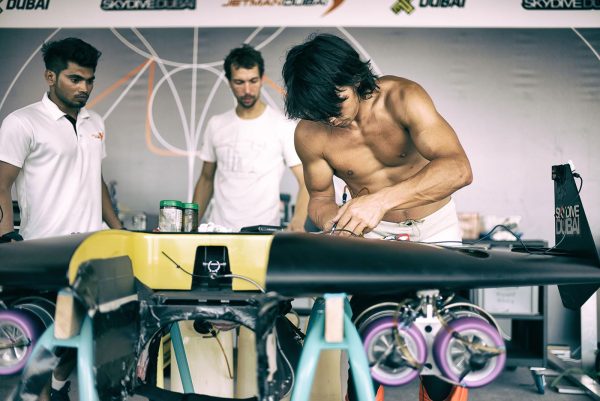
They used an Aerovision jet brought from France: a modified plane that you can film from “with a periscope type system mounted to the top or bottom of the jet”, which is normally used for footage for airline commercials and the like.
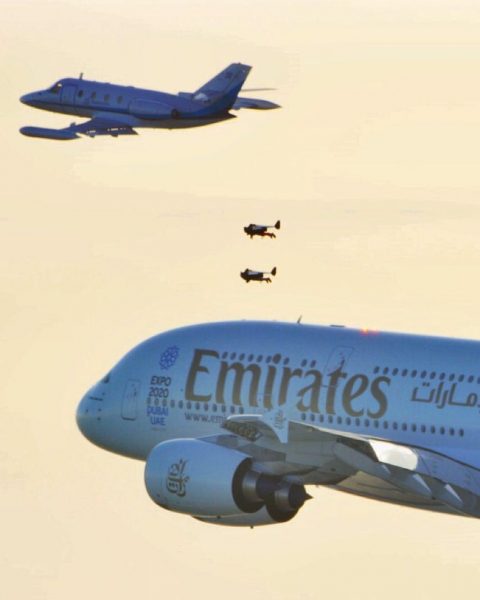
“The Aerovision jet can actually go within the wingspan of the A380 – so shooting close proximity footage is more exciting than ever before,” says Phil. He was working mostly from the helicopter, which could not fly as fast as the jet. “We did shots where the A380 was cornering and cut the corner, shooting above the plane,” he says.
“When we passed over the A380 with only a couple of hundred feet to spare – that was pretty insane. I thought: Treasure this moment, because it will never happen again. On one shot, we got caught in the wake turbulence of the A380, so the helicopter was shaking in the rough air, but our competent pilots made sure we stayed safe.”
The A380 and the Jetmen flew at 4,000 feet, with the other aircraft involved not far above them.
“Jetmen can only fly for about ten minutes so you probably get two to three minutes of really good footage per flight,” he notes.
The stunning shot of the Jetmen either side of the plane was filmed from the jet and was “one of the simpler shots to pull off. The two jetmen lined up left and right of the A380, the Corvette Camera Jet lined up slightly above and behind and the Jetmen started their smoke systems,” says Phil. The footage at the end of the film of the Jetmen pulling off to the top and bottom, meanwhile, was filmed from the helicopter.
“You need to anticipate what’s going to happen. We didn’t know how the break-off was going to go…as planned as everything was, you never knew exactly what was going to happen. There are always some variables when there are so many moving parts” says Phil.
“Going into a project like Jetman, puts your mind on edge. You’re quite stressed about safety and pulling off the shots, but once the shooting starts, it’s 100% concentration and focus in the moment. After the flights and a safe touchdown by all aircraft, it all seemed very surreal.”
The Jetmen and A380 were in constant radio communication for safety reasons and the camera jet could also listen in. The precision of the safety requirements meant that filming plans were set in stone; there was no room for improvisation if the film teams thought they had spotted a better opportunity for a shot while in flight.
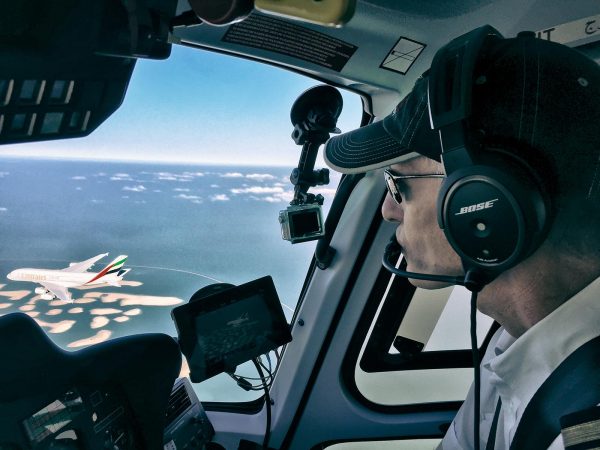
Of course, the teams also had to ensure that they stayed out of each other’s shots. “You need a pilot who is used to flying for film productions – flying in the perfect position to keep the aircraft out of the shot. Andy [the in-house helicopter pilot at Dubai Film] is an incredibly talented film-pilot and has multiple big film credits under his belt.”
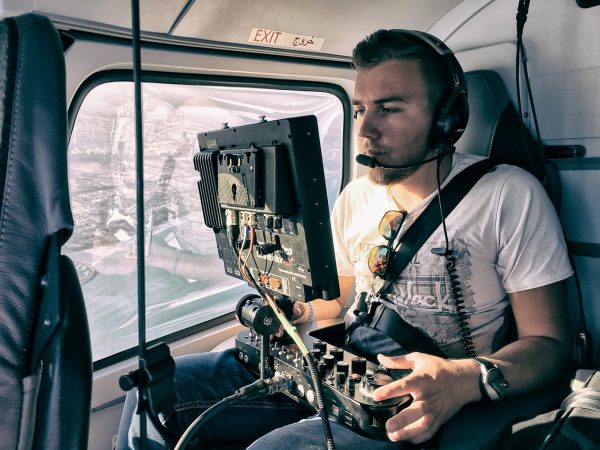
Camera gear:
The helicopter was equipped with a RED Epic Dragon mounted inside of a Shotover F1 6-axis gyro stabilised camera platform. The lens was a Canon 30-300mm Cine Servo zoom lens. Phil operated the camera from the helicopter’s passenger seat using a custom gimbal and camera control panel. The direction of the gimbal was aimed using a joystick and the lens controlled with FIZ motors. A large monitor was used to frame shots and to make sure things were in focus. Phil described operating the setup as being “kinda like playing a video game”.
He explained that the most difficult thing about aerials is keeping a pan smooth while following subjects when there is a change of perspective. It was all too easy to accidentally jerk the pan and lose the shot.
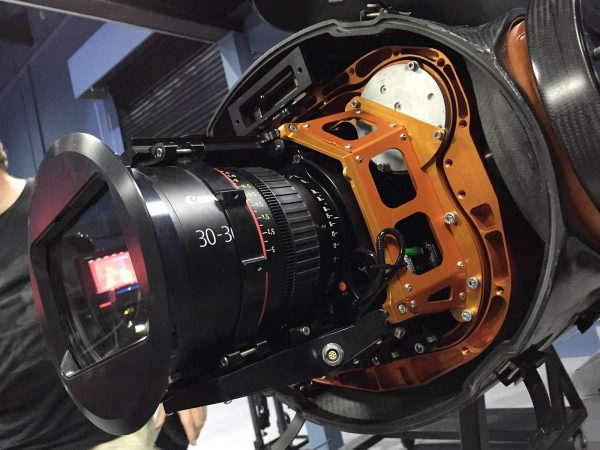
As he was using a RED he was shooting in RAW. “We were shooting everything on 6K. The lens only covers 5K. If you zoom out wide you’re going to get porthole vignetting; we put on frame guides for 5K so we could crop it in post.”
He used 512 GB cards, which gave him around 45 minutes of shooting – plenty of time given the short duration of the flights.
“One of the most difficult things was that we always took off before it was completely bright, so exposure changed quite a lot throughout the day. You have to put in the ND filters before you take off – it’s not like certain cameras where you can dial it in electronically…If you have too much ND, you end up underexposing the whole shoot, if you don’t put enough ND in, you miss hitting the sweetspot of the lens. It’s judging and knowing a bit about exposure. You really need to plan ahead.”
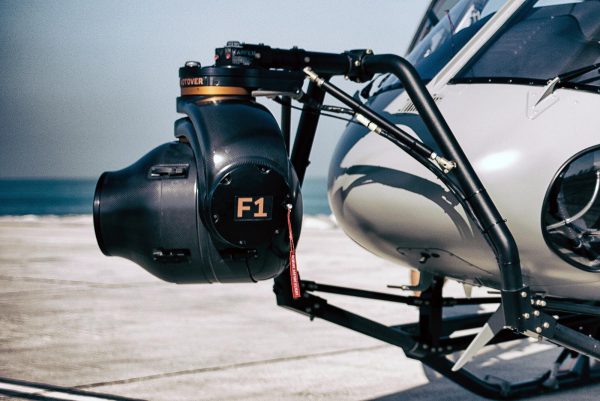
[Jet] “We put a Dragon in the Corvette camera jet. The lens is a PL modified Nikon 80-200mm f2.8 stills lens. The lens needs to sit as close to the glass of the periscope system as possible, so the lens has to be quite short, which limits the types of lenses you can use. The optics of the 80-200 are great, so we were happy with the footage we got.
“The operator in the camera jet is sitting in an arm chair, controlling the camera with joysticks in his left and right hand. The system is not gyro-stabilised, so when the plane banks, the camera system will also roll, which has to be corrected manually by the operator.”
There were also photographers on the helicopter and jet. The A380 was kitted out with a bunch of GoPros in the cockpit and two RED Dragons were used to film on-board. “We shot out of the windows and just had big pieces of blackout fabric to block out the reflections around the windows.”
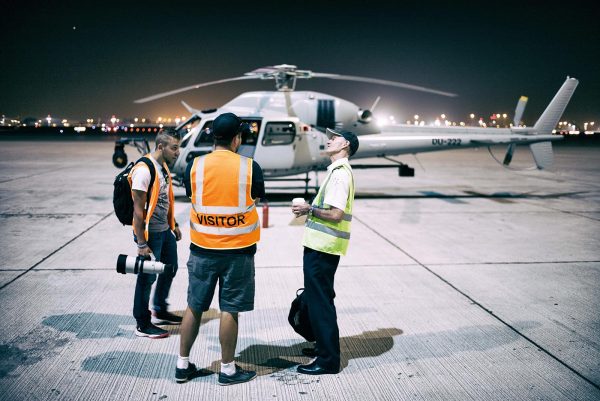
On top of that, the Jetmen had GoPro Hero 4s on them shooting 4K: one built into each wingtip of the jet wings, plus one on each man’s knees and helmets. “That footage is the coolest footage from the whole shoot, because it seems so real,” Phil adds.
The film was edited by its director Anthony Augustinack, working to a tight ten-day deadline. “Tony knew exactly what he wanted; the first rough cut was done in a relatively short time. Then it was fine tuning everything, working with a composer in LA for the music, and then colouring and sound effects in Dubai,” Phil says.
There will also be a director’s cut and multiple 15-second videos have been put together for release on Instagram.
Could the next step be jet-powered cinematography?
“I already put my name in the hat if they ever want to recruit another Jetman,” says Phil, who is a skydiver.
“It would be very cool to shoot from the jet wing – but you fly the Jetwing with your body, so focusing on operating a camera at the same time would be a big challenge. They have a throttle for their hand with which they can control the acceleration – the rest is just steering with your body.”
You can find out more about Phil and his work on his website.
Production Details:
Stunt company: Jetman Dubai
Production Company: Dubai Film
Airline: Emirates
Director: Anthony Augustinack
Overall DOP: Joel Schaeffer
